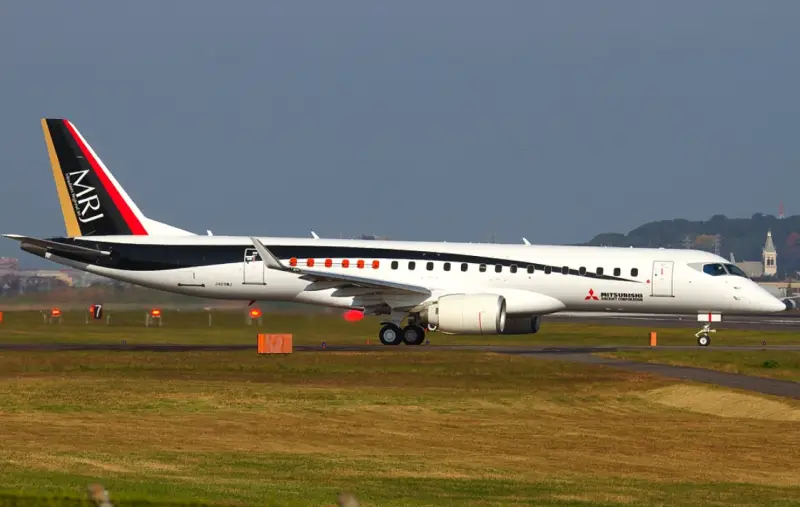Japanese airliner MRJ-SpaceJet - a failed Mitsubishi project

The regional air travel industry experienced a renaissance in the 1990s, giving rise to relatively small players such as Embraer and Bombardier creating their own regional hits. The Japanese, who have long sought to take their rightful place in the industry, also saw their chance in the new jet trend.
The project of an aircraft for regional air transportation did not threaten significant costs and did not imply fierce competition with such giants as Boeing and Airbus, whose contractors were many Japanese companies.
In 2002, the Japanese government initiated a research program to develop this vision. The competition for this government order was won by MHI (Mitsubishi Heavy Industries Group), primarily widely known for its cars. Meanwhile, the auto industry is just one division of a giant conglomerate that works in many areas: from air conditioners and trains to space launch vehicles and submarines, and is also a contractor aviation giants producing aircraft under license.
With this basis, they decided to develop their own airliner. Initially, a small aircraft for 50 passengers was planned with a narrow fuselage, which increased the aerodynamic properties of the machine. At the same time, the newest aircraft was supposed to receive the design of larger aircraft with an engine under the wing.
The project was officially announced in 2007 at the Paris Air Show and was named MRJ (Mitsubishi Regional Jet). The plane was presented as a concentrate of advanced technologies: a comfortable cabin, the latest electronics, a body made of composite materials, etc. In Japan itself, the new product was presented as a national project.
However, too many mistakes and miscalculations did not allow the production of these ambitious airliners to go into series production. However, at the same time, Mitsubishi still gained invaluable experience, although it cost them a decade and a half of work and several billion dollars.
Information